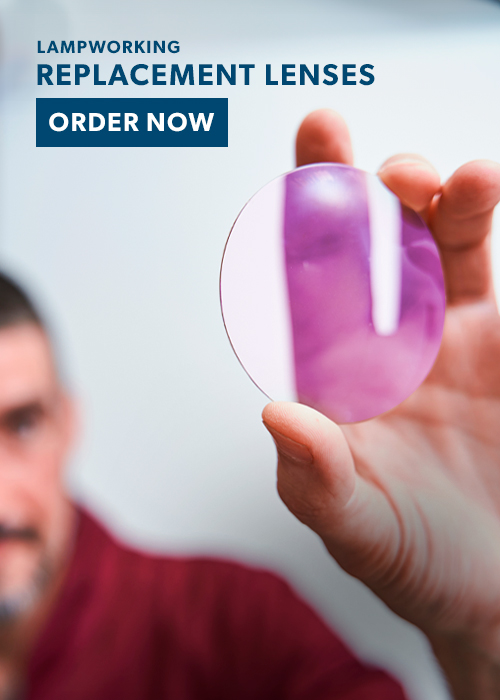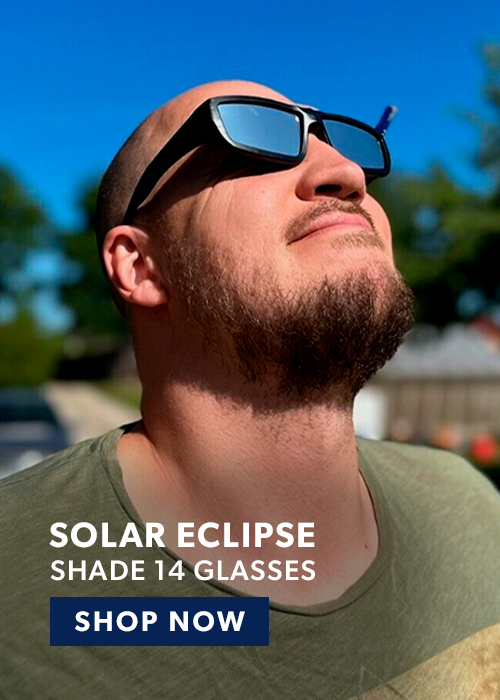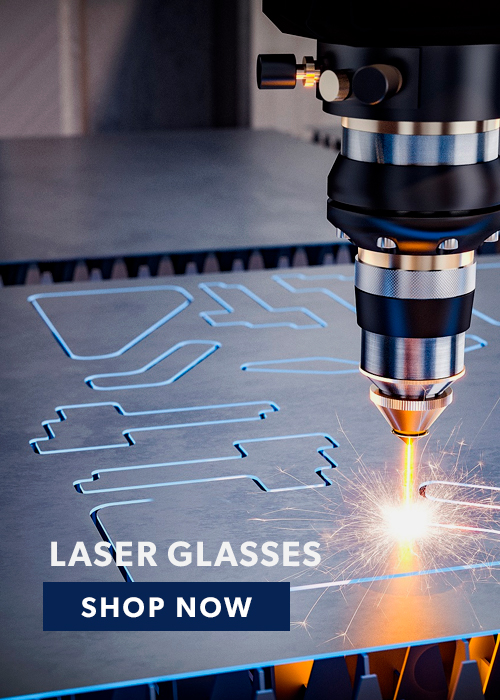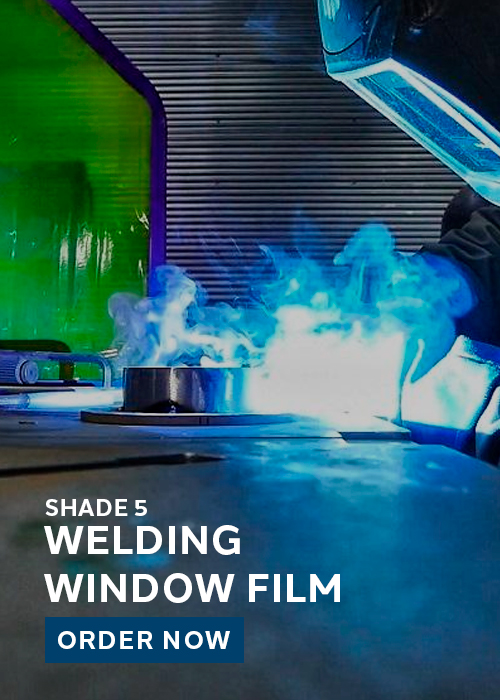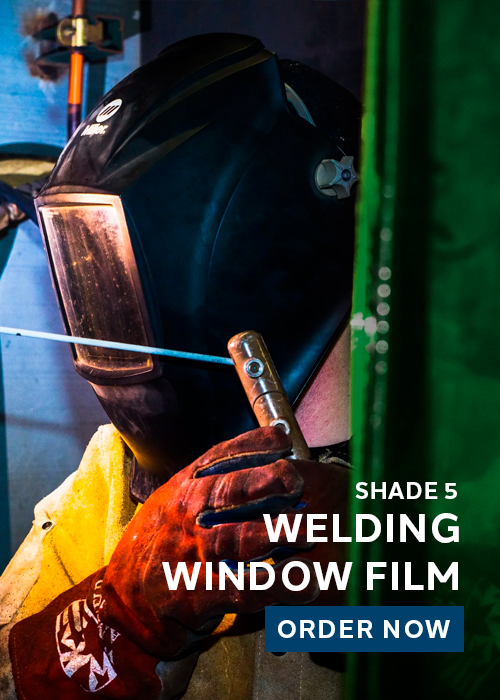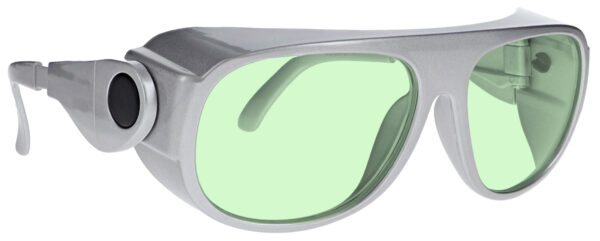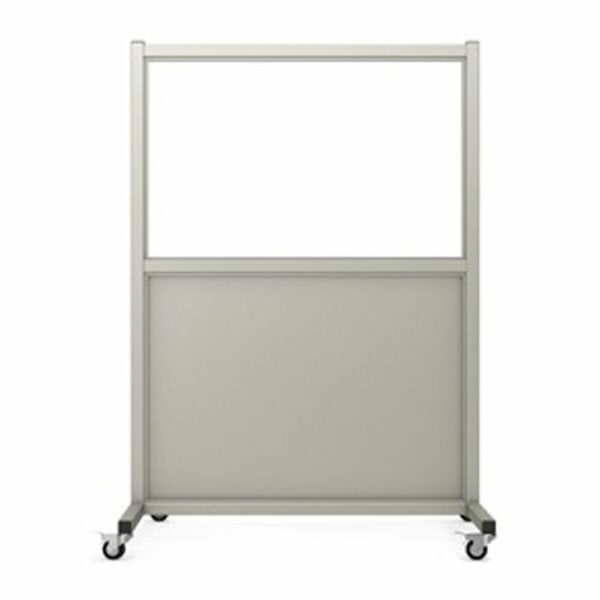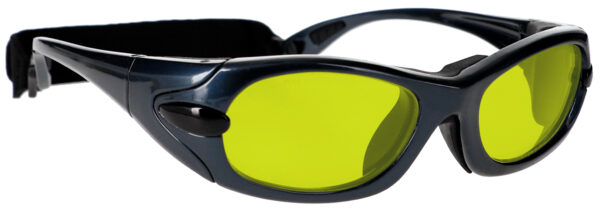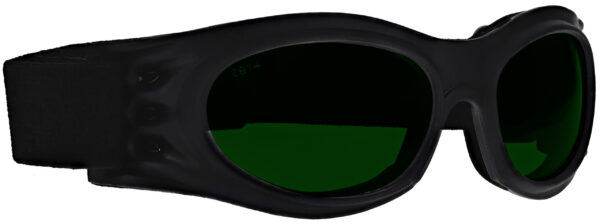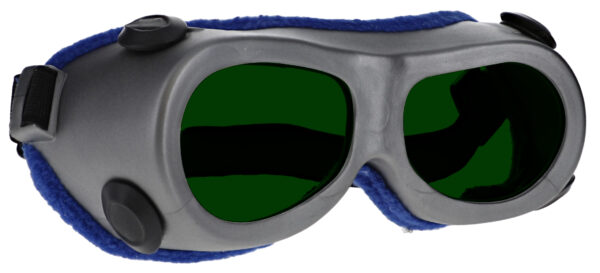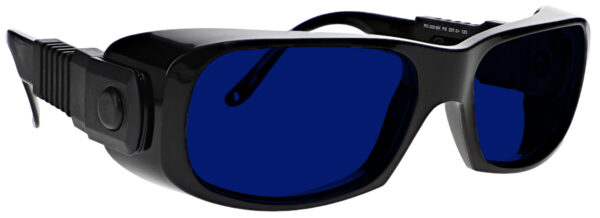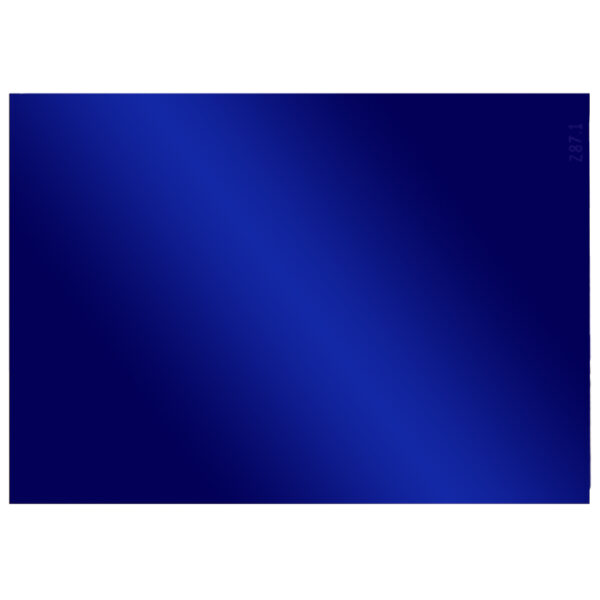Lead Acrylic vs. Leaded Glass Windows for Radiation Safety Barriers: Which is Better?
When it comes to choosing the best material for radiation safety barriers, particularly for windows, the decision often boils down to lead acrylic or leaded glass. Both materials are designed to shield against harmful radiation, but they have distinct differences in durability, weight, thickness, and lead equivalency. Understanding these differences can help you make an informed decision based on your specific needs.
Leaded glass has been the traditional choice for radiation safety barriers due to its durability and high level of radiation protection. Here are the key features:
Key Features
◼ Standard Lead Equivalency: Leaded glass typically offers a standard lead equivalency of 2.0mm Pb, providing robust protection against radiation. Higher lead equivalency levels can be made available upon special order for applications requiring additional protection.
◼ Clarity: Leaded glass provides excellent optical clarity, ensuring clear visibility for observation windows in medical or industrial settings.
◼ Cost: Leaded glass is typically more affordable than lead acrylic, making it a cost-effective solution for fixed installations.
◼ Durability: Glass is highly resistant to scratches and general wear and tear, making it an excellent choice for high-traffic areas or environments where cleanliness is critical.
◼ Weight: Although heavier than lead acrylic, its durability and slimmer profile make it a preferred choice for permanent installations.
◼ Applications: Ideal for fixed installations in medical imaging rooms, laboratories, and industrial radiation facilities.
Lead acrylic is a modern alternative to leaded glass, offering unique advantages in certain situations. Here are its standout features:
Key Features
◼ Lead Equivalency Levels: Lead acrylic is available in 0.50mm Pb and 0.80mm Pb levels, making it suitable for lighter radiation protection requirements. However, these levels are significantly lower than the 2.0mm Pb standard of leaded glass.
◼ Durability: While lead acrylic is resistant to breakage, it is more prone to scratches and scuffing compared to glass. Special care may be needed to maintain its optical clarity.
◼ Cost: Lead acrylic is generally more expensive than leaded glass, reflecting its lightweight and break-resistant properties.
◼ Thickness: To achieve radiation protection, lead acrylic requires a much thicker panel compared to leaded glass. This increased thickness can limit its use in spaces where slim profiles are needed.
◼ Weight: Acrylic is much lighter than leaded glass, making it easier to handle and install. This feature is particularly useful for portable or temporary barriers.
◼ Applications: Best suited for mobile barriers, lightweight protective windows, and applications where portability is key.
Comparing the Two Materials
FEATURE | LEADED GLASS | LEAD ACRYLIC |
Lead Equivalency | 2.0mm Pb (higher levels available) | 0.50mm or 0.80mm Pb |
Durability | Highly scratch-resistant | Prone to scratching |
Weight | Heavy | Lightweight |
Thickness | Slim profile | Thicker panels |
Break Resistance | Brittle but durable | Resistant to breaking |
Cost | Lower | Higher |
Applications | Permanent barriers | Portable/mobile uses |
Factors to Consider When Choosing
Radiation Protection Requirements
For high-radiation environments, leaded glass with its 2.0mm Pb lead equivalency provides superior protection. For even higher levels of protection, custom orders for leaded glass with greater lead equivalency are an option.
Installation Needs
Lead acrylic is better for situations requiring lightweight and portable barriers, while leaded glass is ideal for fixed, high-durability installations.
Budget
Leaded glass is often more cost-effective, making it an attractive option for facilities working within tight budgets.
Space Constraints
If space is limited, the slim profile of leaded glass may be more practical than the thicker panels required for lead acrylic.
Final Thoughts
Both lead acrylic and leaded glass windows serve vital roles in radiation safety, and the best choice depends on your specific application. If durability, high radiation protection, and a slim profile are priorities, leaded glass is the superior option. For lightweight, portable, and break-resistant solutions, lead acrylic is a strong contender.
At Phillips Safety, we offer a wide range of radiation safety barriers, including leaded glass and lead acrylic windows. Contact us today to discuss your needs and find the perfect solution for your radiation safety requirements.















